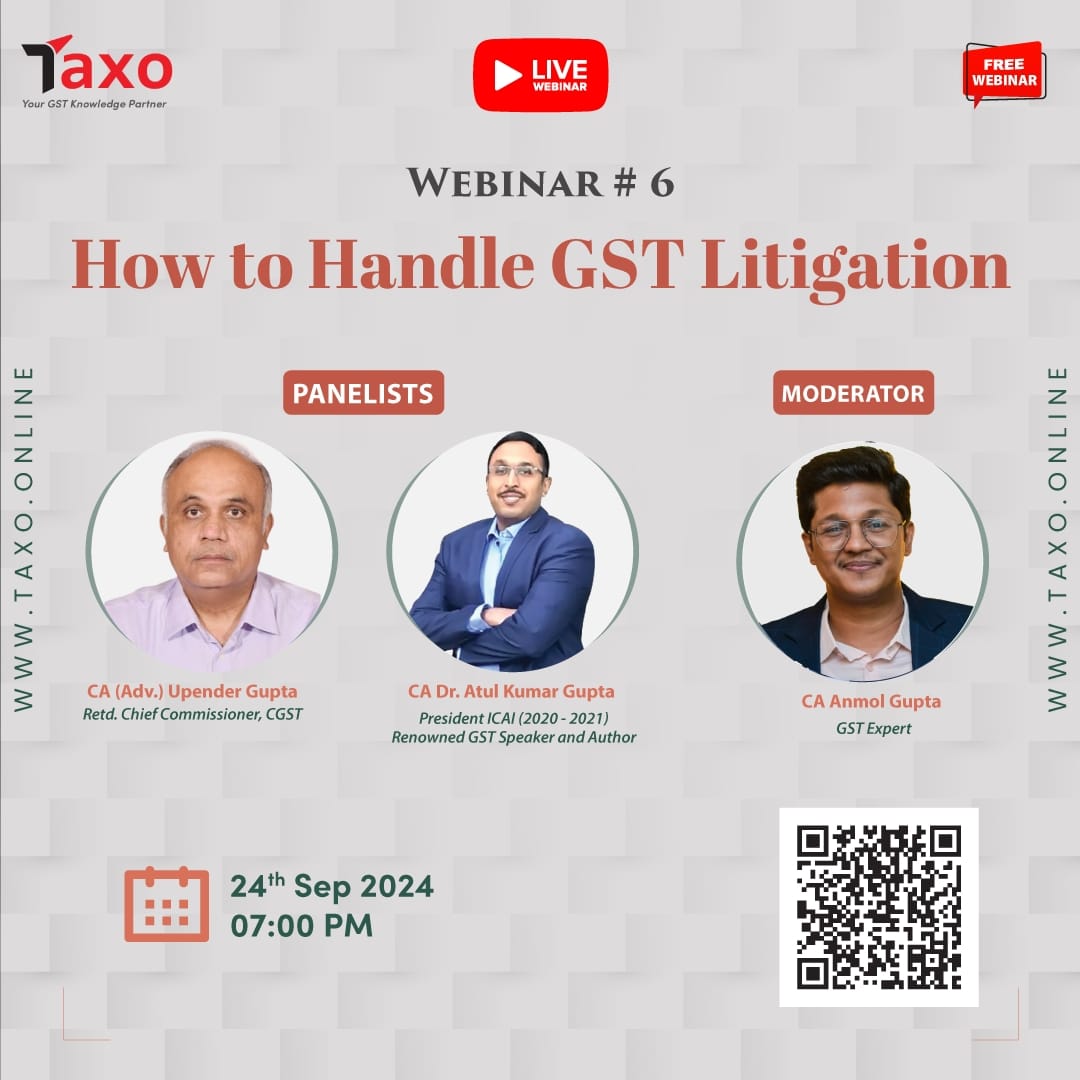In the context of a demerger, the legal and tax implications under the Goods and Services Tax (GST) regime must be approached systematically to ensure compliance and seamless continuity of business operations. A demerger, as defined under Section 2(19AA) of the Income Tax Act, 1961, involves the transfer of one or more undertakings from an existing company to another resulting company. Under GST, such a demerger is generally regarded as a transfer of business as a going concern, which is exempt from tax pursuant to Entry No. 2 of Notification No. 12/2017-Central Tax (Rate), provided it satisfies the conditions prescribed therein.
From a GST registration perspective, it is mandatory for the newly formed entity (the transferee company) to obtain separate GST registration in each State where the demerged undertaking is operational. During registration, the applicant must select “Amalgamation/Demerger” as the reason and submit supporting documents such as the NCLT or High Court order (or any order passed by the competent statutory authority), the Scheme of Arrangement or Business Transfer Agreement, along with other routine incorporation documents such as PAN, CIN, and board resolutions.
Regarding Input Tax Credit (ITC), Section 18(3) of the CGST Act read with Rule 41 of the CGST Rules, 2017 governs the process. The transferor (existing company) must file Form GST ITC-02 for the transfer of unutilized ITC to the transferee company. Importantly, the ITC must be apportioned in the ratio of the value of assets transferred, including immovable property, and a certificate from a Chartered Accountant, Company Secretary, or Cost Accountant certifying the correctness of asset transfer proportion is required. The transferee company must log in to the GST portal and accept the ITC-02 form to reflect the transferred credit in its electronic credit ledger.
In practice, the transfer of ITC should be limited strictly to the proportion of ITC attributable to the demerged undertaking. ITC on capital goods is also to be transferred proportionately. However, balances in the electronic cash ledger cannot be transferred via ITC-02 and may have to be claimed as refunds, if eligible. Post-demerger, the existing company must comply with final filing obligations and asset reallocation, while the new company must ensure timely acceptance of ITC, initiate regular GST compliance, and maintain accurate opening balances.
Contractual arrangements must also be realigned—existing contracts may be novated in favor of the transferee company, and going forward, all invoices must be issued by the new company from the appointed date. Vendors and customers must be updated with the new GSTIN to ensure smooth operational flow.
Additional administrative compliance includes ensuring that any in-transit e-way bills, pending returns, or GST liabilities are appropriately transitioned. From a taxability standpoint, the demerger transaction, being a transfer of a business as a going concern, remains exempt under GST. However, it is critical to maintain adequate documentation, including the CA certificate for asset valuation, business transfer orders, and internal approvals, for audit and scrutiny purposes.
In conclusion, the GST implications on demerger involve multiple layers—registration, ITC transfer, invoicing, and statutory compliance. Adhering to the prescribed steps—obtaining new registrations, filing and accepting Form ITC-02 with proportionate credit, treating the transaction as a transfer of business as a going concern, and maintaining meticulous documentation—ensures legal compliance and continuity. Should you require professional assistance, I can support you with drafting ITC-02, preparing the requisite CA certificate, and providing a detailed compliance checklist tailored for demerger under GST.



